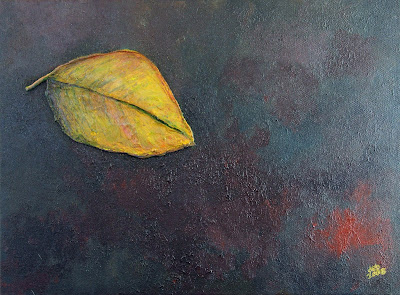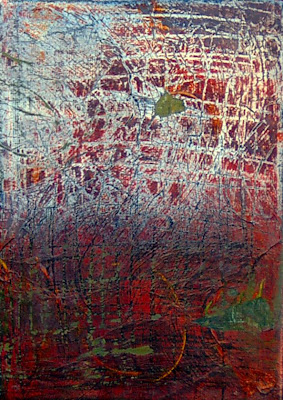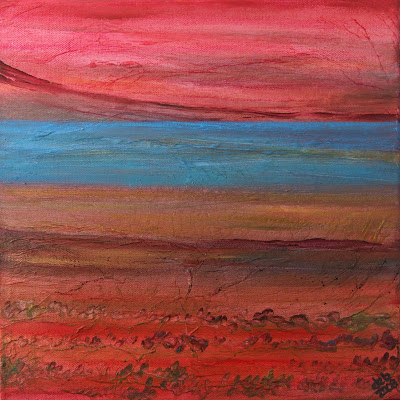
I have come to observe, both in my own behaviour, and other creative people around me, that one of the creative person’s greatest pitfalls is not taking a break. Most people will book holiday/vacation at regular intervals during the year. But, somehow, the self-employed, and in particular those working in the arts, don’t give themselves time off. Many reasons behind it are financial, but mostly it’s the perception of loss of momentum and control in productivity.
My blogs are always written when something resonates with me, and this week is no exception – I write from personal experience.
Working towards a goal, like my exhibition, has suddenly kick-started an old habit of mine – extreme drive. This drive is my enemy and my saviour rolled into one. I cannot achieve without it, but it is one of the most difficult things to turn off. Even when I am tired, frustrated and burnt-out, my drive will keep me up late at night, and fill every waking moment with obsession over the project in hand.
I wrote, produced and released 5 CDs as a singer-songwriter between 2001 and 2007. That was a highly driven time for me. Not only was I in the studio recording a lot, but I was performing live at least once every week. The only thing that stopped me in the end was serious illness. Our bodies are wise and will always let you know when you’ve been overdoing it. In the first year of my self-employment I gave myself 1 week off. In the following 2 years I gave myself 2 weeks off per year. After I became ill at the beginning of the 4th year I was forced to take 16 weeks off. I survived better than I thought I would, both financially and in productivity. No surprise to me looking back on it, but I wouldn’t have believed it before then. So since then I’ve given myself a week off after every 8 weeks of work! It has been truly beneficial – I feel better, and I’m more productive! Only occasionally now, do I find myself in overdrive – but I recognise it straight away, and I pull myself away from the project – even though I’m mentally kicking and screaming! I also have great friends who remind me that its time to take a break. My resources are strong these days, and they come in many forms – friends, family, pets, internet, books, relaxation, exercise, spiritual nurturing, students, the outdoors, music, films, and more.
I know I’m not alone, and each one of you reading this will identify with some, or all of the above. There will be those who deny this is the case, even though it is – please reflect on your own behaviours – we are often our own worst enemy.
My message to all of you is to write in regular breaks into your schedule, and into your working year. It may seem odd to suggest that to keep yourselves more creative it’s essential to take more time out, but it really does work.
Above photo, "back up to the dunes" © 2008 Deborah Eileen Burrow
























